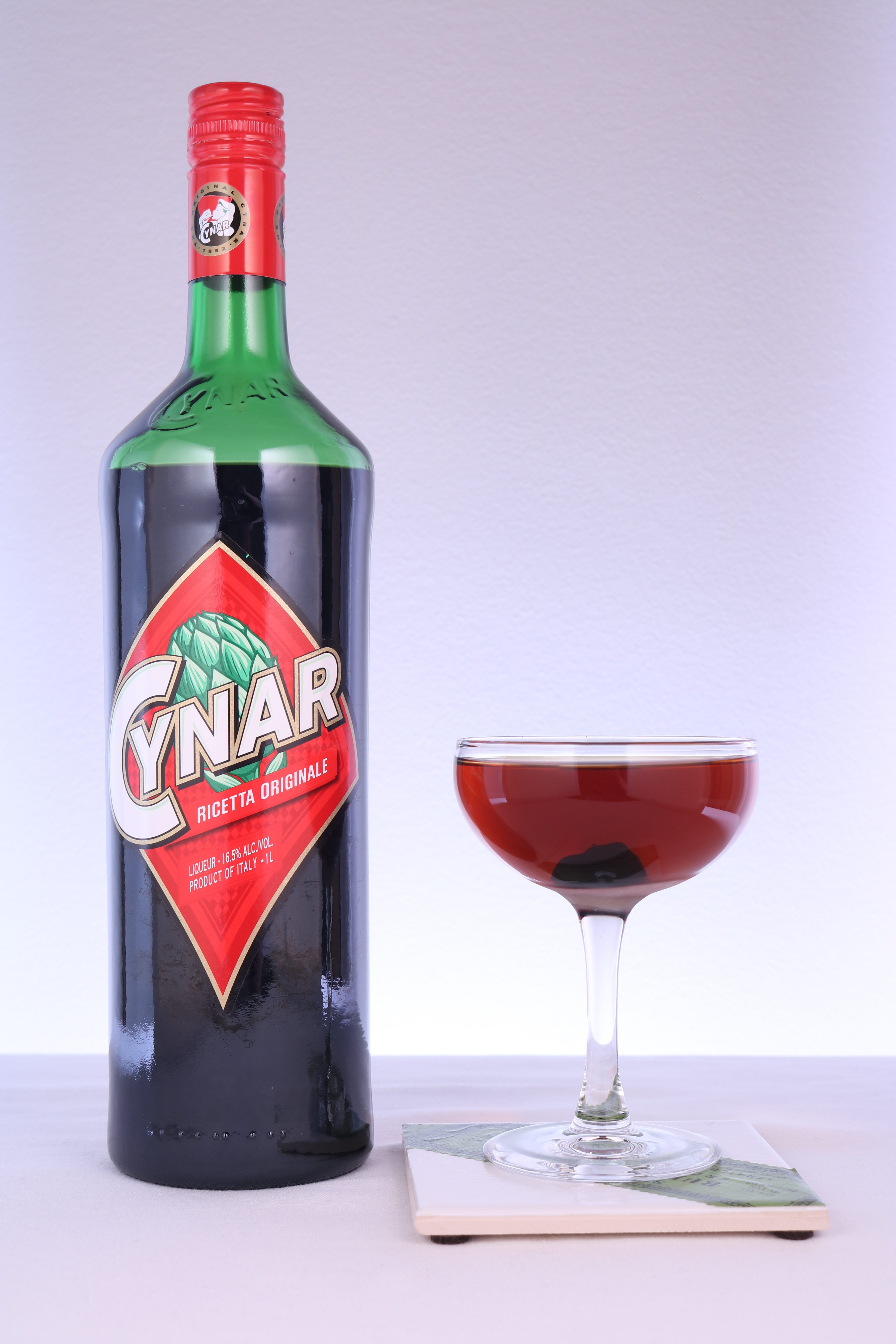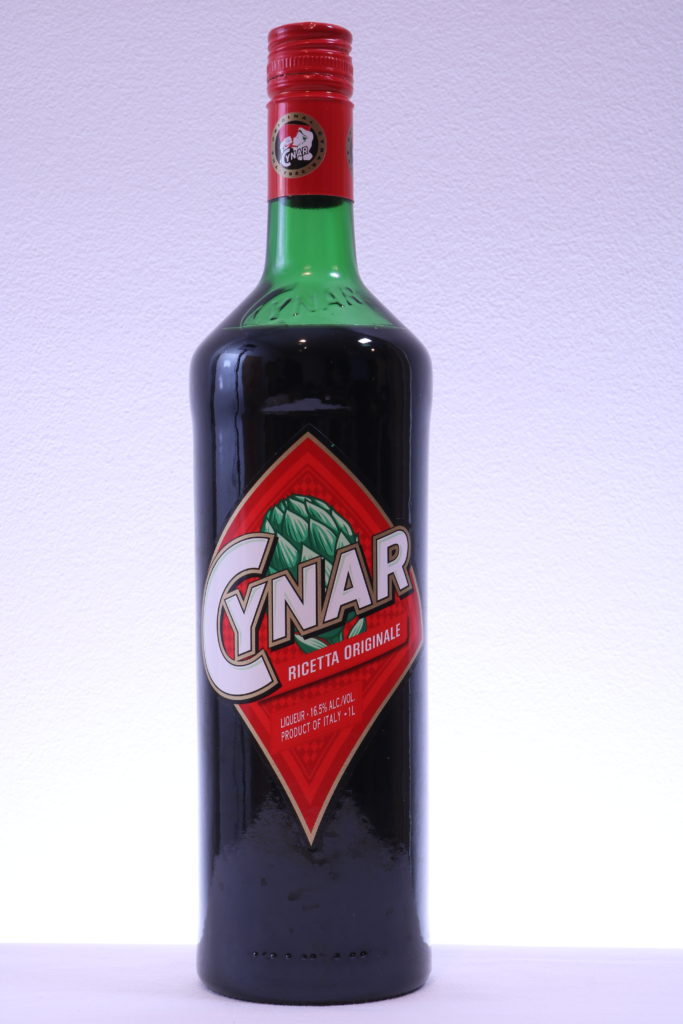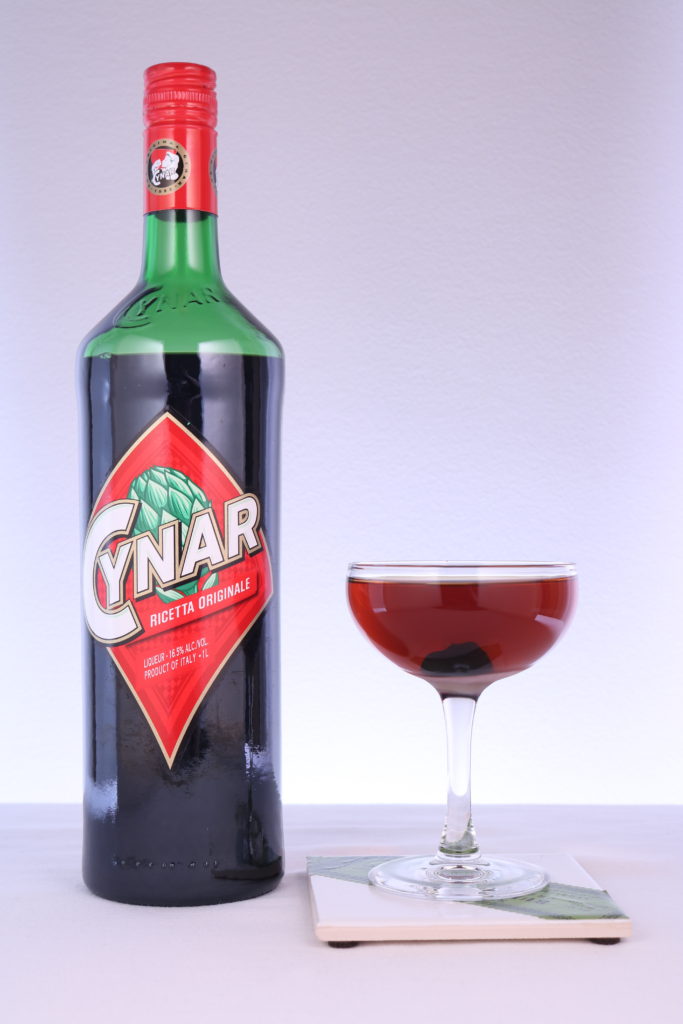Many years ago – when I was still wrestling with the basics of cocktails, and craft cocktails were still up and coming, I read Boozehound by Jason Wilson*. The book was mesmerizing to me and opened my mind to a broad range of ideas that included Liquor Store Archeology and that Bitter is Bella.
Now before we jump into the idea that ‘Bitter is Bella’, let’s talk about Liquor Store Archeology. If you happen to be obsessive when it comes to unusual liqueurs and liquors then this is an amusing way to spend time in a liquor store or on a trip to a far off locale. The principle is simple – take a look around an older liquor store and see if there are any dusty, long forgotten, obscure bottles of liquor of a type you might not otherwise pick up. Then – pick them up and buy them.
This game works best, if like Jason, you have a partner to play with and try to one up. It’s simply mad lad genius. It bears noting that this isn’t the only intriguing concept and the book is still worth reading, even some years on.
If, however, you are not the type of individual that simply enjoys picking up old and unusual liquor bottles – the second concept may be more your speed. After all, if you’ve arrived on this site looking for Cynar – you might believe that bitter – is in fact – bella.
So what is an Amaro? Quite literally, amaro means ‘bitter’ in Italian, and amari [the plural of amaro] tend to be bitter. These complex liqueurs are unique concoctions – typically decades, if not centuries, old – that are intended to be consumed after dinner to aid in digestion. They are sometimes known as digestifs. They also include a healthy amount of sugar, leading to a bittersweet character. This complex mix of sugar, herbs, citrus, floral elements, spices, and many unlisted ingredients create complex, intriguing sets of flavors that tantalize the palate and expand the horizons of what can be expressed by a drink. They are in fact – ‘Bella’.
About Cynar – On Its Own
Cynar is a notably bitter Amaro made by the Campari Group. While there are some who believe Cynar tastes like artichokes, this isn’t strictly speaking true. Artichoke is an ingredient, but the flavor is more herbal, vegetal, and earthy – and is also thanks to the other 12 ingredients that are not explicitly listed.
Supertasters – and those that don’t like bitter things – will find this experience similar to placing bitters directly on their tongue. To those that find bitter bella – there’s a sweetness that comes off the nose giving it an herbal – cola like character. There are notes of spice, but the herbal – vegetal – brown sugar sweetness note is most prevalent. The body is moderately thick and has a burnt caramel flavor. The finish is bitter, but with a lingering rich sweetness that carries.
Cynar – In Cocktails
While you could always enjoy Cynar on its own (or with ice), there are other ways to use it in cocktails. Generally speaking – for Amari – there are a few ways to apply them – in order of your ability to tolerate bitterness:
- Seasoning – similar to bitters in a small dash or rinse of a glass
- Substitute for Vermouth And / Or Bitters
- As A Base / Split Base – With an ABV of 30+ Amari can work as an underlying flavor to play with modifiers and other additions.
As Cynar can be perceived as more bitter than other Amari, I find it works better as vermouth compliment or replacement. To sample Cynar, I tried a Cynartown from Death & Co’s book*. The Cynartown contains Beefeater Gin, Sweet Vermouth, and Cynar. It’s garnished with a brandied cherry – I used Luxardo.
The gin is fragrant on the nose, and the juniper gets a supple sweetness from the Cynar and sweet vermouth. On the palate, it’s richer than it seems like it would be, and the similarity to the Manhattan is notable (as the structure of the cocktail mirrors it). The gin powers through, and the Cynar plays a definite back up. That said, if you want a gin Manhattan, this is heading in the right direction. As a recommendation, this may also be a good application of the Aviation Gin to downplay the juniper.
I also used the Cynar as a modifier in a Manhattan. It adds a delightful richness and a different herbal note that plays well with the spice of the rye. I also sampled it in a flip, and enjoy the herbal notes it adds to the foam. In all of these applications, you don’t need a lot. A quarter to a half ounce will easily suffice.
The Final Word: Cynar

If you’re a fan of bitters and amaro’s or just enjoy Negronis – then you’ll want to try expanding your horizon to Cynar. Cynar will help expand your cocktails in a more herbal – bitter direction, with a hint of burnt caramel sweetness. This combination of flavors is very specific, so don’t expect this to the most versatile player in your collection – but one that is well worth it in an established home bar. If you happen to not like bitter things – you may want to start with Aperol, Campari, or Nonino Quintessentia before advancing to Cynar.
Other’s Share Their Thoughts On Cynar
- Inu ā Kena has an amazing write up on several Amari including Cynar
- An Ordinary Joe Shares His Thoughts On Multiple Amaros
- Cynar – At Campari Group
Cynar – Tasting Notes:
Ann Marie: Appearance is dark. Nose: Concentrated cardamom – clove. Bitter molasses – slight sweetness on the palate. The finish is just bitter.
Nick: Appearance is dark – mahogany color. There’s a sweetness that comes off the nose giving it an herbal – cola like character. There are notes of spice, but the herbal – green – brown sugar sweetness note is most prevalent. The body is rich and like burnt caramel in flavor. Lacing through the sweetness is an undercurrent of herbs, cola, and sasparilla. The finish is bitter, but with a lingering rich sweetness.

